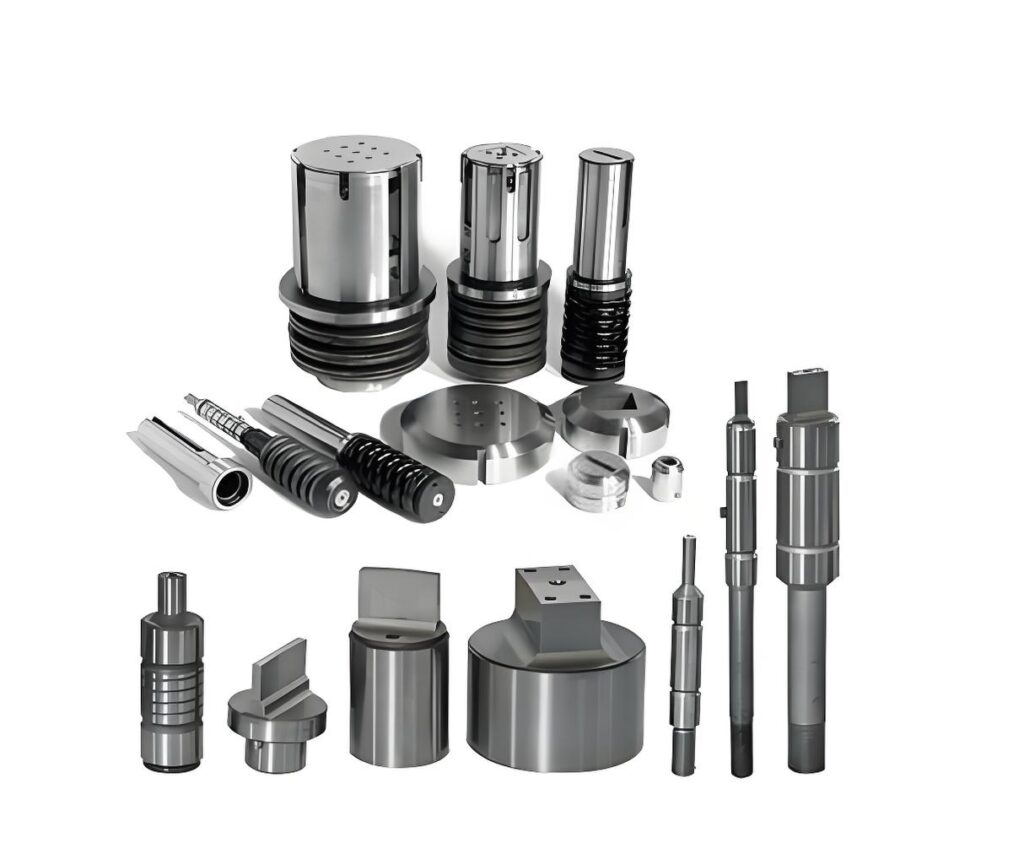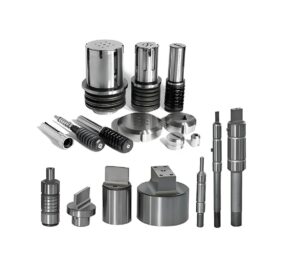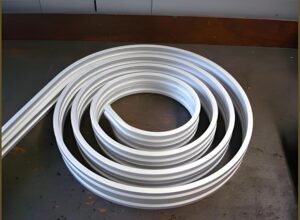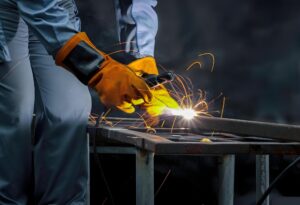A2 tool steel is a versatile and widely used material in the machining industry, known for its excellent balance of toughness, wear resistance, and machinability. This guide explores the key aspects of A2 tool steel, from its composition to its applications, offering insights for manufacturers, engineers, and hobbyists alike. Whether you’re considering A2 for your next project or simply curious about its capabilities, this article provides a detailed overview of this remarkable material.
What Is A2 Tool Steel?
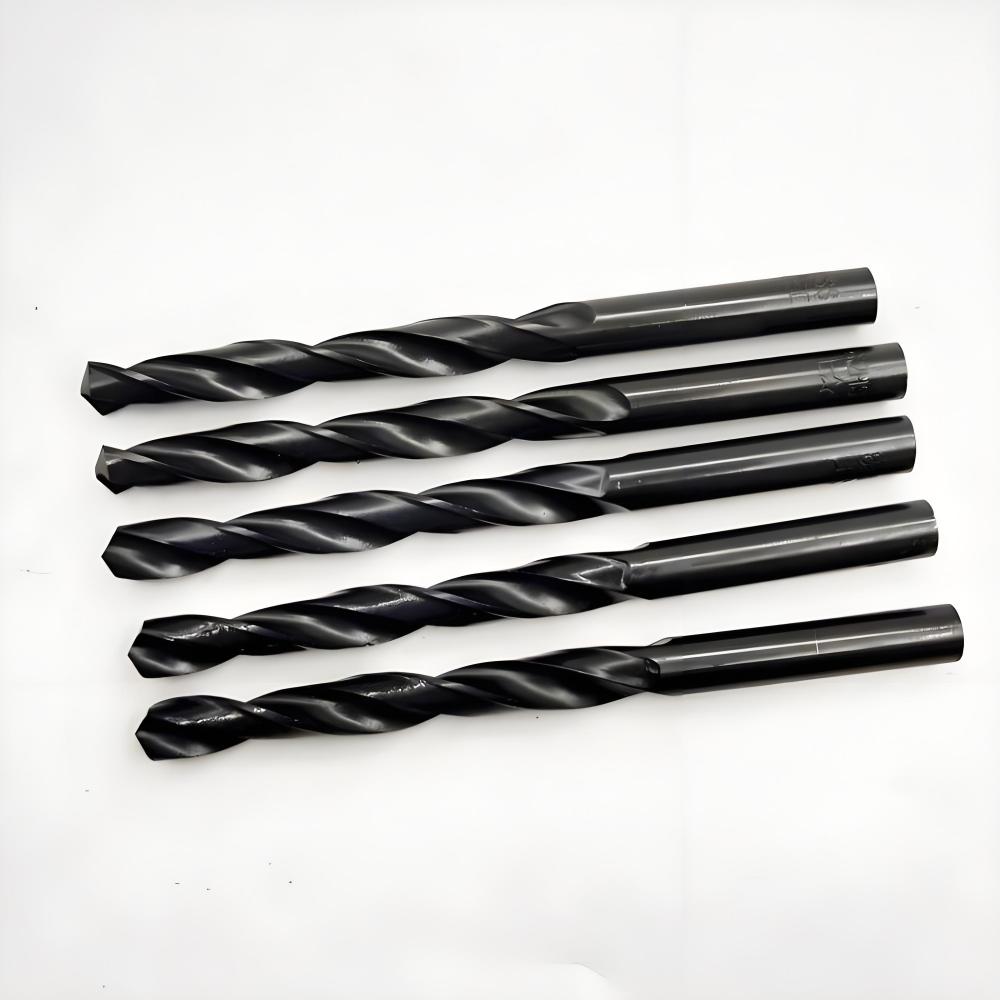
A2 tool steel is an air-hardening, cold-work tool steel that belongs to the A-series of tool steels, as classified by the American Iron and Steel Institute (AISI). It is renowned for its ability to maintain dimensional stability during heat treatment, making it a popular choice in precision machining. A2 is often selected for applications requiring a combination of hardness, toughness, and wear resistance, offering a reliable solution for tools and components subjected to moderate wear and impact.
This steel is commonly used in industries such as automotive, aerospace, and manufacturing, where precision and durability are paramount. Its air-hardening nature eliminates the need for oil or water quenching, reducing the risk of distortion and cracking during the heat treatment process. This makes A2 tool steel an attractive option for manufacturers looking to streamline production while maintaining high-quality standards.
Composition of A2 Tool Steel
The unique properties of A2 tool steel stem from its carefully balanced chemical composition. The primary elements in A2 tool steel include:
- Carbon (C): 0.95–1.05% – Contributes to hardness and wear resistance.
- Chromium (Cr): 4.75–5.50% – Enhances corrosion resistance and hardenability.
- Molybdenum (Mo): 0.90–1.40% – Improves strength and resistance to softening at high temperatures.
- Manganese (Mn): 0.40–1.00% – Aids in hardenability and toughness.
- Vanadium (V): 0.15–0.50% – Increases wear resistance and refines grain structure.
- Silicon (Si): 0.10–0.50% – Enhances strength and toughness.
- Iron (Fe): Balance – Forms the base matrix of the steel.
This composition gives A2 tool steel its distinctive characteristics, allowing it to perform reliably in demanding applications. The presence of chromium and molybdenum, in particular, makes A2 more resistant to wear and deformation compared to other tool steels in its class.
Properties of A2 Tool Steel
A2 tool steel is prized for its well-rounded properties, which make it suitable for a wide range of applications. These properties can be divided into mechanical and physical categories.
Mechanical Properties
The mechanical properties of A2 tool steel are a key reason for its popularity in toolmaking and machining:
- Hardness: After heat treatment, A2 typically achieves a Rockwell hardness of 57–62 HRC, providing excellent wear resistance.
- Toughness: A2 offers superior toughness compared to many other tool steels, reducing the risk of chipping or cracking under impact.
- Wear Resistance: The combination of carbon and vanadium ensures A2 can withstand abrasive wear, making it ideal for cutting tools and dies.
- Compressive Strength: A2 exhibits high compressive strength, allowing it to handle heavy loads without deforming.
These mechanical properties make A2 a go-to material for applications requiring durability and precision under stress.
Physical Properties
The physical properties of A2 tool steel contribute to its versatility and ease of use in manufacturing:
- Density: Approximately 7.86 g/cm³, providing a good balance of strength and weight.
- Thermal Conductivity: Moderate, allowing for efficient heat dissipation during machining.
- Dimensional Stability: A2’s air-hardening nature minimizes warping and distortion during heat treatment.
- Machinability: While not as machinable as low-carbon steels, A2 can be machined with proper tooling and techniques.
These physical properties ensure that A2 tool steel is both practical and efficient for manufacturers working on complex projects.
A2 Steel Processing Technology
Processing A2 tool steel requires careful attention to its unique characteristics. The air-hardening nature of A2 simplifies the heat treatment process, but proper techniques are essential to achieve optimal results. Key processing steps include:
Heat Treatment
Heat treatment is a critical step in optimizing the performance of A2 tool steel. The process enhances its hardness, toughness, and wear resistance, making it suitable for demanding applications. The heat treatment process for A2 typically involves the following stages:
- Annealing: A2 is annealed at 845–870°C (1550–1600°F) to relieve stresses and improve machinability. The steel is slowly cooled in the furnace to prevent cracking.
- Hardening: A2 is heated to 925–970°C (1700–1775°F) and air-cooled to achieve full hardness. This air-hardening process minimizes distortion compared to oil or water quenching, ensuring dimensional stability.
- Tempering: After hardening, A2 is tempered at 175–425°C (350–800°F) to reduce brittleness and achieve the desired balance of hardness and toughness. Multiple tempering cycles may be used to optimize performance.
- Stress Relieving: In some cases, stress relieving is performed before hardening to remove residual stresses from machining or forming, typically at 650–675°C (1200–1250°F).
Proper heat treatment ensures that A2 tool steel achieves its full potential, balancing hardness and toughness for specific applications.
Machining
A2 can be machined using high-speed steel or carbide tools, though care must be taken to avoid excessive tool wear due to its hardness. Advanced machining technologies, such as CNC milling and grinding, are often employed to shape A2 tool steel with precision. Coolants and proper cutting speeds are essential to maintain tool life and achieve high-quality finishes.
Surface Treatments
To further enhance wear resistance, manufacturers may apply surface treatments such as nitriding or coating (e.g., PVD or CVD coatings). These treatments improve the surface hardness and reduce friction, extending the lifespan of tools and components made from A2 tool steel.
Comparison of A2 Tool Steel with Other Steels
A2 vs D2 Tool Steel
When comparing A2 to D2 tool steel, both are popular choices in the machining industry, but they serve slightly different purposes. D2 tool steel contains higher chromium content (11–13%), which gives it superior corrosion resistance and wear resistance compared to A2. However, A2 offers better toughness and is less prone to chipping, making it a better choice for applications requiring impact resistance.
- Hardness: D2 can achieve slightly higher hardness (up to 62 HRC) than A2, but it is more brittle.
- Machinability: A2 is easier to machine than D2, which can be challenging due to its higher hardness.
- Applications: D2 is often used for high-wear applications like blanking dies, while A2 is preferred for tools requiring toughness, such as punches and forming dies.
Choosing between A2 and D2 depends on the specific requirements of the project, with A2 being the better option for applications prioritizing toughness.
A2 vs A6 Tool Steel
A6 tool steel is another air-hardening steel in the A-series, but it differs from A2 in several ways. A6 is designed to harden at lower temperatures (around 815–845°C or 1500–1550°F), which reduces energy costs and distortion during heat treatment. However, A2 offers superior wear resistance and hardness.
- Toughness: A6 has slightly better toughness than A2, making it suitable for applications requiring extreme impact resistance.
- Wear Resistance: A2 outperforms A6 in wear resistance, making it better for cutting tools and dies.
- Processing: A6’s lower hardening temperature makes it easier to process in some cases, but A2’s versatility makes it more widely used.
For projects requiring a balance of toughness and wear resistance, A2 is often the preferred choice over A6.
Applications of A2 Tool Steel
A2 tool steel’s versatility makes it a staple in various industries. Common applications include:
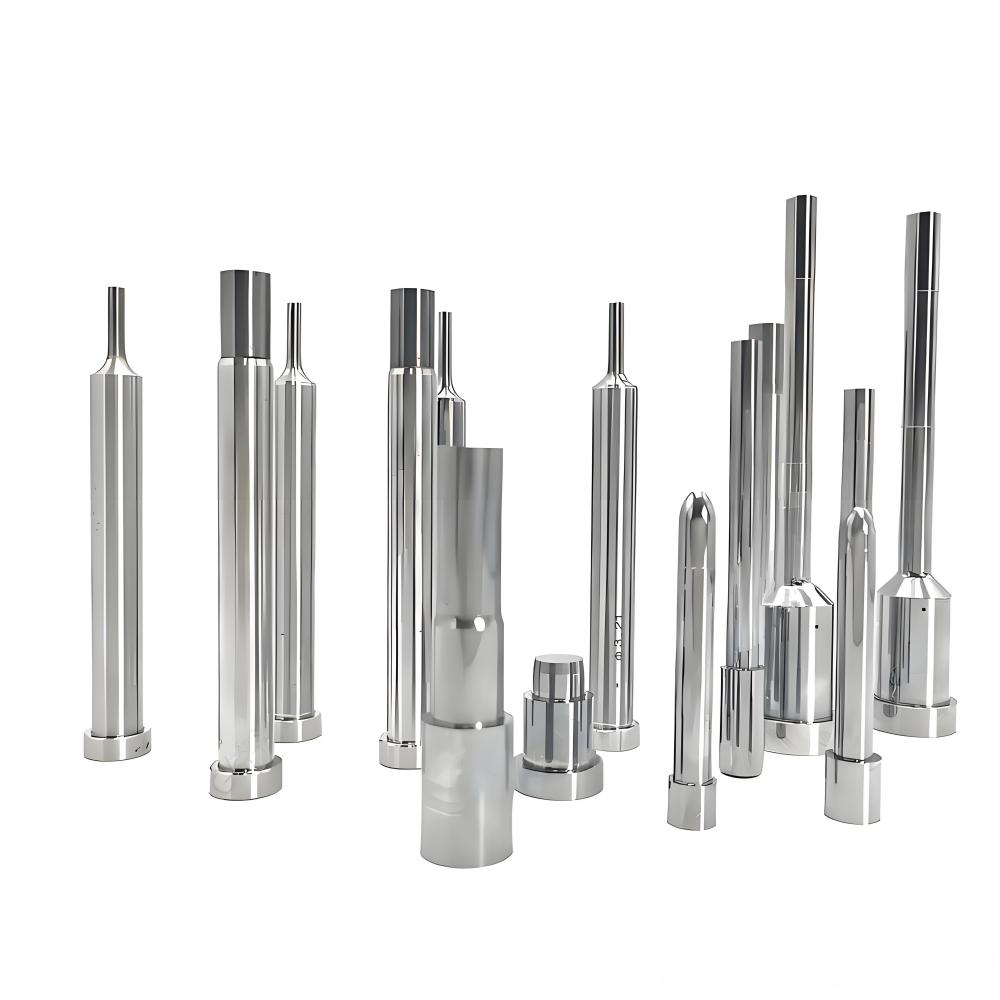
- Cutting Tools: A2 is used to manufacture punches, dies, and shear blades due to its excellent wear resistance and toughness.
- Molds and Dies: Its dimensional stability makes A2 ideal for precision molds and forming dies in plastic and metalworking industries.
- Industrial Knives: A2 is a popular choice for knives used in paper, textile, and metal cutting, where durability is essential.
- Gauges and Fixtures: The steel’s machinability and stability make it suitable for precision gauges and fixtures in manufacturing.
From small-scale workshops to large industrial facilities, A2 tool steel delivers consistent performance across a wide range of applications.
Advantages and Disadvantages of A2 Tool Steel
Like any material, A2 tool steel has its strengths and limitations:
Advantages
- Toughness: A2’s high toughness reduces the risk of chipping or cracking, making it ideal for impact-heavy applications.
- Dimensional Stability: The air-hardening process minimizes distortion, ensuring precision in finished components.
- Versatility: A2’s balanced properties make it suitable for a variety of tools and industries.
- Ease of Heat Treatment: Air-hardening eliminates the need for complex quenching processes, simplifying production.
Disadvantages
- Moderate Corrosion Resistance: While A2 contains chromium, it is not as corrosion-resistant as stainless steels like 17-4PH, requiring proper maintenance in humid environments.
- Machinability Challenges: A2 is harder to machine than low-carbon steels, which may increase tooling costs.
- Cost: A2 can be more expensive than some other tool steels, depending on the application.
By understanding these trade-offs, manufacturers can make informed decisions about whether A2 tool steel is the right choice for their needs.
Why Choose Precionn for A2 Tool Steel Machining?
A2 tool steel is a proven material that delivers dependable strength, wear resistance, and dimensional stability across machining and tooling industries. It remains an excellent choice for manufacturers who need a balance of performance and cost-effectiveness.
At Precionn, our machining expertise and commitment to quality enable us to maximize the potential of materials like A2 tool steel. Serving international customers, we deliver precision-engineered components and tooling solutions designed to meet the highest industrial standards.

